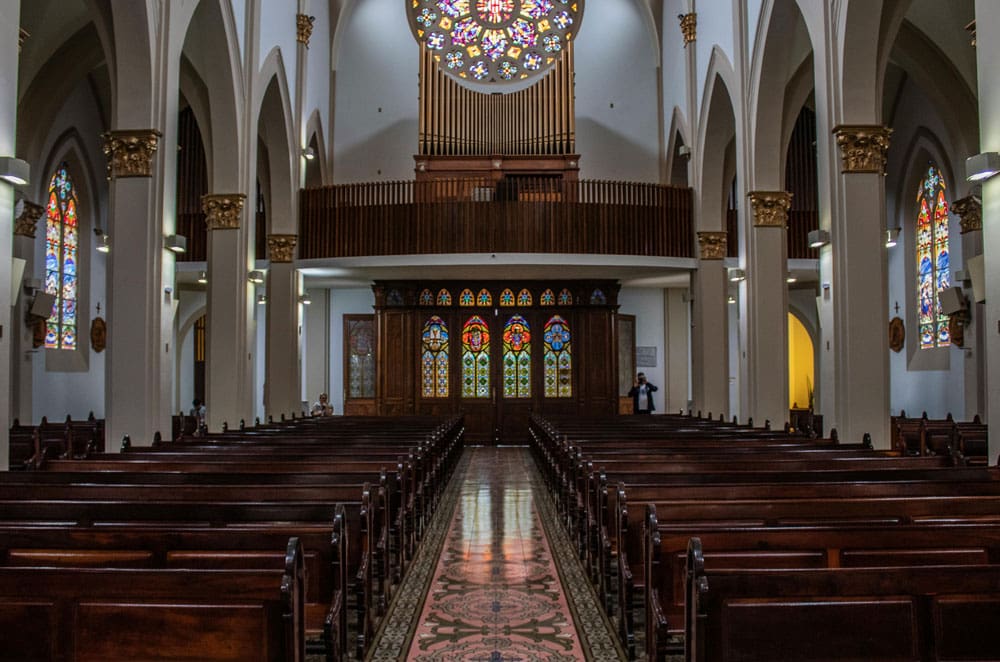Houses of worship are often seen as sanctuaries, but they are not immune to security threats. According to the Cybersecurity and Infrastructure Security Agency (CISA), acts of targeted violence against houses of worship are a real and a potentially growing problem in the United States. CISA’s comprehensive security guide provides valuable insights and recommendations to help houses of worship develop a robust security strategy to mitigate future incidents.

CISA’s analysis of ten years of targeted attacks on houses of worship reveals several noteworthy trends. The agency compiled 37 incidents of targeted violence from 2009 to 2019, noting a significant spike in incidents in 2012 and a discernible increase between 2015 and 2019. Of these incidents, 67% were motivated by hatred of a racial or religious identity associated with the targeted house of worship, while 22% were connected to domestic disputes or personal crises. The remaining 11% had unknown motivations.
To effectively address these threats, CISA recommends a holistic approach to security. This involves establishing clear roles and responsibilities for security decisions, planning, and implementation across the organization. A robust security plan should be tailored to the specific needs and priorities of the house of worship, ensuring that it remains open and welcoming while maintaining safety.
According to Dolan Consulting Group, serious violence at places of worship in the U.S. appears to have been increasing over the last two decades. While the most tragic and shocking incidents dominate media attention and public awareness, smaller incidents of violence occur at places of worship every week. Dolan Consulting Group examined official police data through the National Incident-Based Reporting System (NIBRS) and found 1,652 incidents of serious violence at places of worship from 2000 to 2016. These incidents resulted in 155 deaths and 742 injuries, with an estimated 480 incidents occurring annually across the entire U.S. population.
By adopting a comprehensive and multi-layered security strategy, houses of worship can better protect their congregants and property from potential threats. It is essential to stay proactive and continuously improve security measures to address any emerging threats. The collaborative efforts of volunteers, staff, and the wider community can significantly enhance the safety and security of houses of worship.
A Way Forward:
Kearnan Consulting Group, LLC, offers a range of resources and services to help houses of worship develop and implement effective security measures. Their comprehensive approach includes emergency response plans, threat and vulnerability assessments, safety response team training, and more. By investing in best practice protection plans, churches can enhance safety for congregants while minimizing risks and insurance claims, thus bridging the gap between reaction and resilience.
Sources:
Cybersecurity and Infrastructure Security Agency (CISA). (2022). Mitigating Attacks on Houses of Worship Security Guide. Retrieved from https://www.cisa.gov/sites/default/files/publications/Mitigating%20Attacks%20on%20Houses%20of%20Worship%20Security%20Guide_Fact%20Sheet_508.pdf
Dolan Consulting Group. (2019). Serious Violence at Places of Worship in the U.S. Looking at the Numbers. Retrieved from https://www.dolanconsultinggroup.com/news/serious-violence-at-places-of-worship-in-the-u-s-looking-at-the-numbers/

